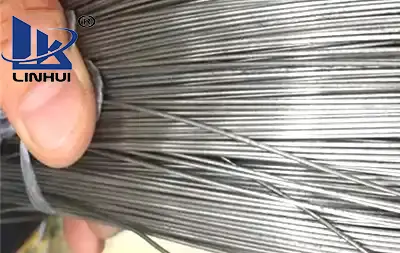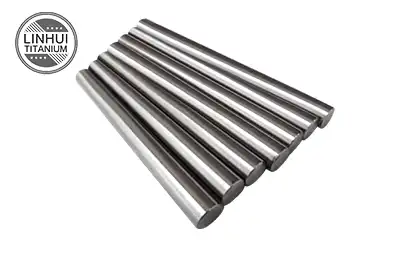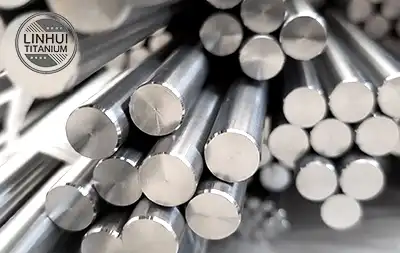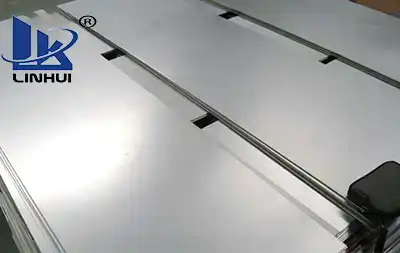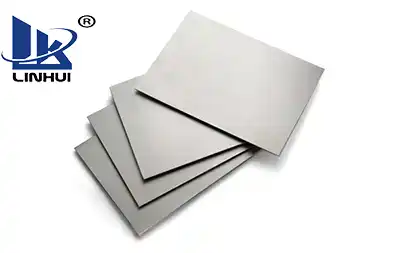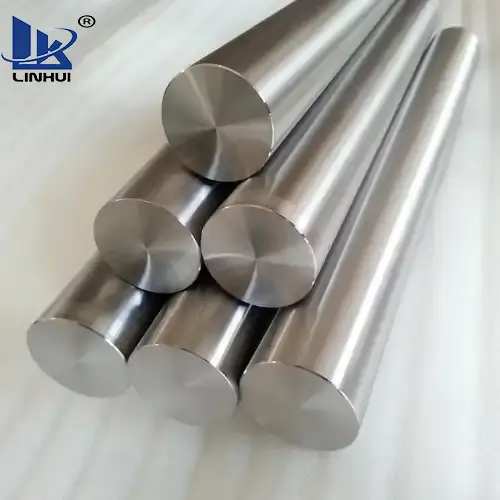A notable feature of the titanium plate is its strong corrosion resistance. This is because it has a particularly large affinity for oxygen and can form a dense oxide film on its surface, which can protect the titanium from corrosion by the medium and in acidic and alkaline environments. It has good stability in neutral, neutral salt water solutions and oxidizing media, and has better corrosion resistance than existing stainless steel and other commonly used non-ferrous metals.
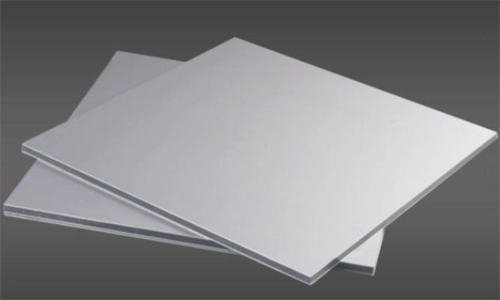
The quality of titanium plates is largely determined by the smelting process of the titanium plate manufacturer, including the chemical composition of titanium, the cleanliness of titanium water (gases, harmful elements, inclusions), and the quality of the cast slab (component segregation, decarburization, and Its surface condition), these aspects are the key control points of the smelting operation.
In addition, industrial titanium plates also require sufficient hardenability to ensure uniform microstructure and mechanical properties across the entire spring cross-section. The main cause of fatigue cracks is oxide inclusions in titanium, and type D inclusions are more harmful to fatigue life than type B inclusions. Therefore, foreign titanium factories and automobile factories have put forward higher requirements for oxide inclusions in industrial titanium plates. For example, the Swedish SKF standard requires that the oxygen content in titanium is lower than 15×10-6 and that D-type inclusions are lower than B-type inclusions. things. In particular, Al2O3 and TiN inclusions are extremely harmful to the fatigue life of titanium springs. To produce high-quality industrial titanium plates, special smelting methods such as electric furnace-electro slag remelting or vacuum arc remelting were usually used in the past.
Because titanium plates and titanium rods have special physical and chemical properties, titanium plate welding processes are very different from other metals. Titanium welding is a TiG welding process that uses inert argon gas to effectively protect the welding area. Before using argon gas, check the factory certificate on the bottle to verify the purity index of the argon gas, and then check whether the bottle valve is leaking. or malfunction.
When welding titanium plates and titanium rods, you must ensure:
The metal in the welding area is not polluted by active gas N0H and harmful impurity elements CFeMn above 250°C. The purity shall not be less than 99.98% and the water content shall be less than 50Mg/m32 Argon: industrial-grade pure argon.
A Coarse grain structure cannot be formed. The titanium platewelding process must be by the predetermined construction sequence and must not produce large welding residual stress and residual deformation. so. Strictly follow the process quality management standards and implement quality control throughout the entire process. The factors of human, machine, material, and method are all under good control, to ensure the welding quality of titanium pipes within a reasonable construction period.






